Part of an occasional series on LA-area transit projects.
LOS ANGELES — LA Metro’s Gary Baker calls it the “missing link.” He’s the project manager for the Regional Connector, a 1.9-mile underground light rail line crossing downtown Los Angeles, scheduled to enter service in 2022. When completed, trains will be running along the connector every three or four minutes.
For now, a passenger wishing to go from, say, Pasadena to the University of Southern California needs to start out on the Gold Line, change at Union Station to the Red Line subway, ride that three stops to the 7th Street and Metro station, then transfer to the Expo Line.
After the Regional Connector goes into service, that will become a one-seat ride. Baker says it will save 20 minutes on an average commute.
The two-track tunnel will connect the Gold Line to both the Expo Line and Blue Line, enabling through running from Long Beach to Azusa and from Santa Monica to East Los Angeles. Essentially, it will result in through north-south and east-west lines crossing in downtown LA.
To make that happen, some things have to change. The current map of the Gold Line is like a U turned on its right side. On the top, the Foothill section starts northeast of Los Angeles in Azusa, heads west before turning south at Pasadena toward Union Station, then turns east again at 1st Street to terminate in East LA.
Where it turns east, a new wye is being installed to feed Gold Line trains from both Azusa and East LA onto the Regional Connector. The Little Tokyo station, now above ground just north of the curve, will be relocated underground, on the west side of the wye, diagonally across the street. It required Metro to use eminent domain to acquire the property, which had been home to three locally-popular restaurants.
“Constructing any project in downtown Los Angeles presents a lot of challenges,” says Baker. The biggest problem: ancient electrical and utility lines that couldn’t survive being unearthed.
Power had to be cut to an entire city block along 2nd Street while lines to surrounding buildings were replaced, as did another network of old electrical facilities near Flower Street. Baker says all that amounted to “a lot of unanticipated utility redesign.”
Those issues created delays and boosted costs. The initial anticipated completion date was 2019. Estimated costs have grown from $1.4 billion to $1.8 billion.
Including the Little Tokyo/Arts District station, three new stations are being built. The others are at Broadway and 2nd Street and at Grand Avenue on Bunker Hill. They each presented their own challenges.
The site of the aptly-named “Historic Broadway” station, amid downtown’s thriving central core, is concurrently being redeveloped with high-rise condominium towers. They will sit directly atop the station. Baker says they’ve had to coordinate with the developer even as plans for the property are still being worked out.
Bunker Hill, as its name implies, is a high point of land in downtown LA. Once home to stately mansions, the area along Grand Avenue now belongs to art museums, soaring office towers, theaters, civic plazas and the world-famous Disney Concert Hall. The station is being squeezed into a space more than 100 feet below ground.
There’s no room for escalators, so six high-speed elevators are needed to whisk passengers down to the station. Above ground, a landscaped, concrete pedestrian bridge will connect with Grand Avenue.
Each of the stations is being constructed with traditional cut-and-cover methods. But at the Broadway station, cut-and-cover wasn’t possible due to encroaching properties.
At that location, there will be a crossover connecting the two tracks. Baker says they needed to dig out a cavern 300 feet long, 60 feet wide and 30 feet high. “We built that using a method called sequential excavation,” he tells Trains News Wire. “It’s a very specialized technique of construction” and this was the first time it has been used in Los Angeles.
In this process, originally developed in Austria, the tunnel is mined in sections using an excavator. Baker explains that they divided the crossover tunnel into three sections, removing 5 feet of earth from just one section at a time.
Pressurized concrete, known as shotcrete, is sprayed on the roof and sides. After it cures, the next 5 feet is dug, and so on. Sequential excavation reduces surface settlement and is well-suited to earthquake-prone areas.
A tunnel boring machine completed its work on the twin tubes early last year, having excavated 240,000 tons of earth.
The project is approaching a major milestone in the next few weeks. Soon, the excavation work will break through to the 7th and Metro station, where tail tracks await just beyond the platform where Blue Line and Expo Line trains currently terminate.
Laying of rails is set to begin in January. Installation of some electrical and other utilities is already underway in parts of the tunnels, but catenary will come after tracks are in place.
The project hasn’t been without its share of troubles. The tunnel boring machine encountered uncharted steel under 2nd Street, which damaged the machine and delayed tunneling. In another instance, the historic Los Angeles Times building showed some minor cracks about a year after tunneling was complete, but it’s not known if they are related.
Labor shortages have plagued Metro’s contractors. “There’s so much construction going on, there’s a competition for resources at all levels,” says Baker.
LA Metro is even competing with itself for workers, as it has multiple large construction projects underway to prepare for the 2028 Olympics. Contractors are facing cost pressures to recruit and retain staff at all levels, Baker says.
However, he points out, they’ve worked nearly 3 million man-hours without a lost-time incident. “We’re very thankful for a safe project.”
Baker estimates that the project is about 57 percent complete. He expects to finish construction early in 2022, which would be followed by testing and non-revenue operations. The line should go into service late that year, and is expected to carry 90,000 passengers a day.
LA Metro is in the process of rebranding its rail lines with letter designations. The Blue Line will become the A Line, and the Expo Line will be known as the E Line. It’s expected that the added convenience and savings in travel time from the Regional Connector will attract 18,000 new daily riders.
“It’s going to be a very busy and heavily traveled segment,” Baker says.
Earlier stories in this series:





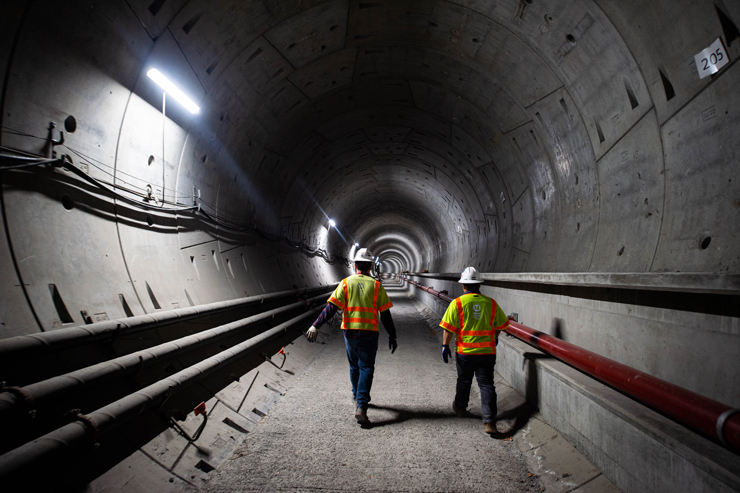
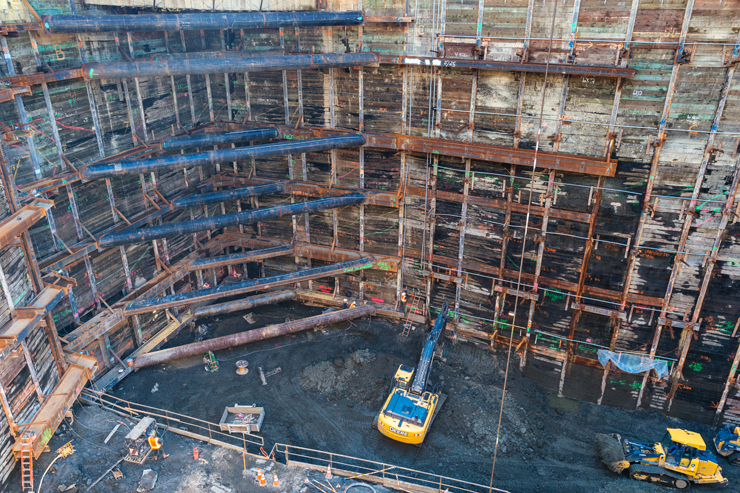
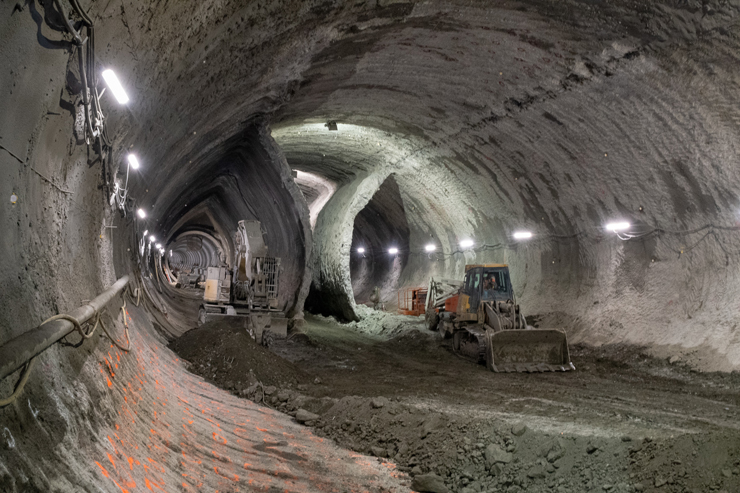

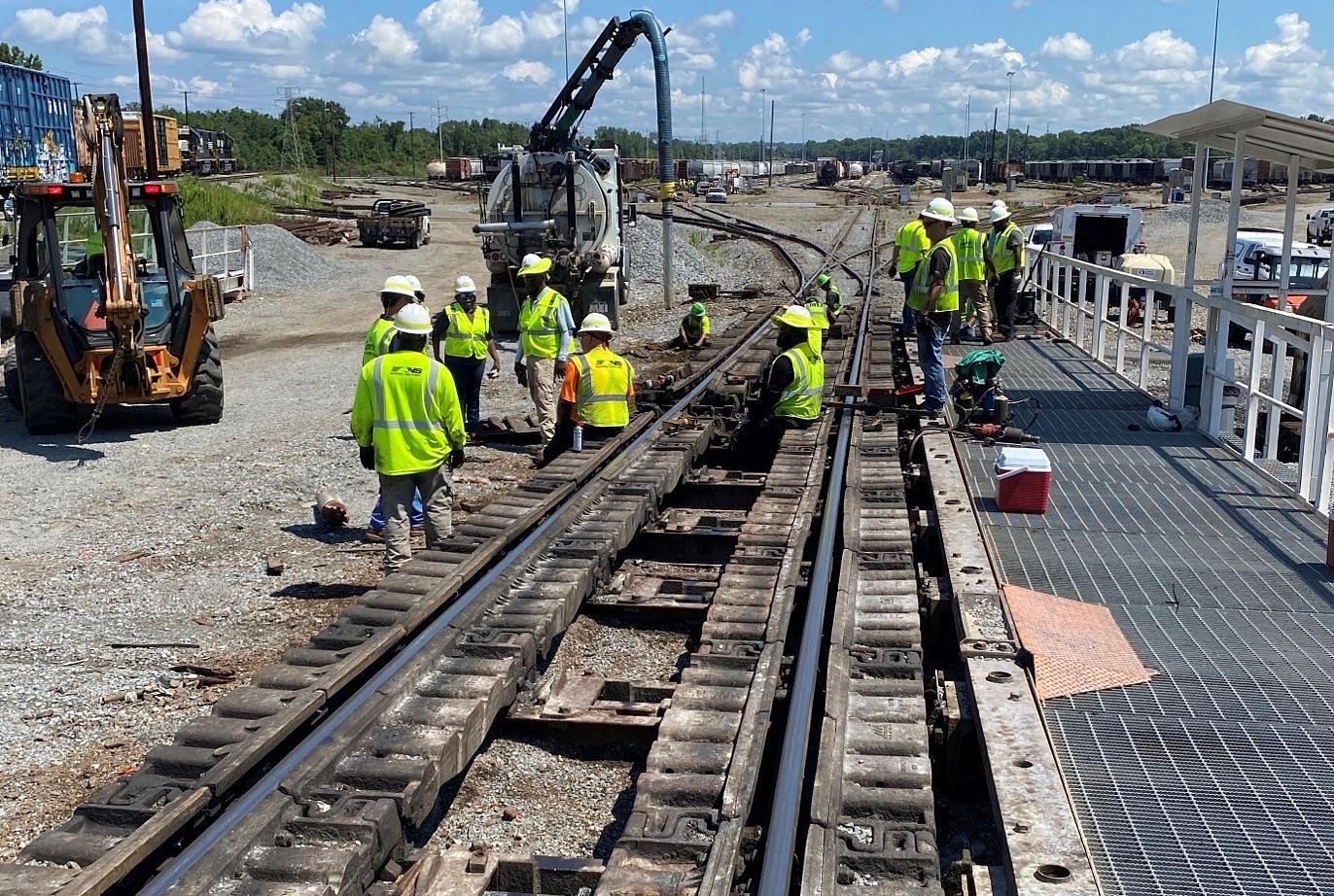

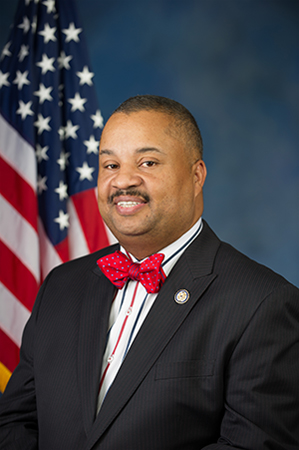
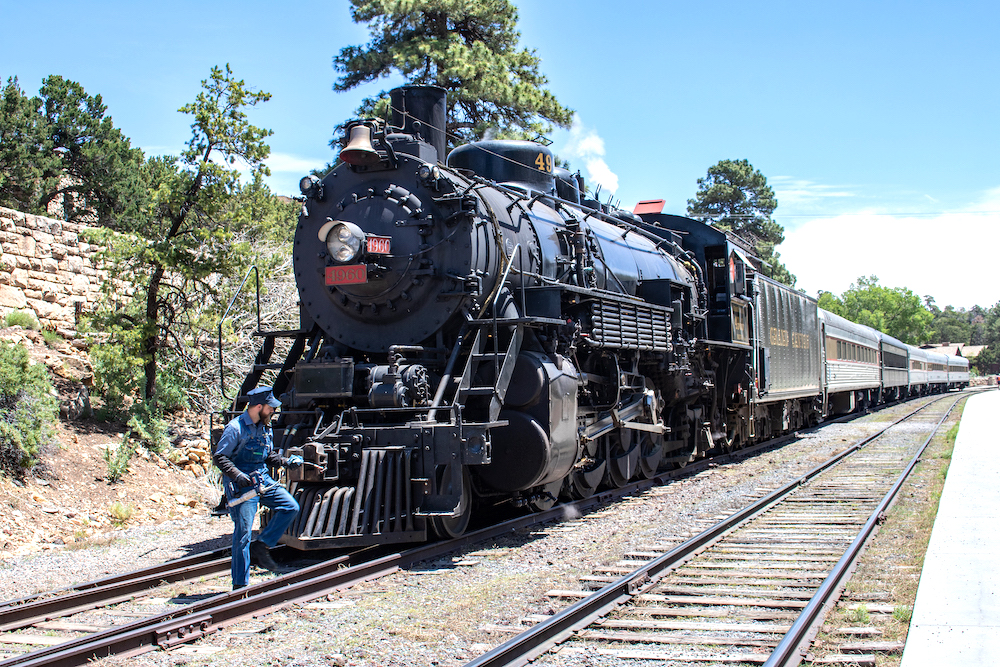




This regional connector will add to the system’s usefulness; I’m looking forward to it.
Meanwhile, as for the South Bay, I have read of plans to extend the Green Line along the BNSF/ex-AT&SF Harbor Sub route to Torrance; Torrance has already set aside some land for a terminal at Crenshaw Blvd. A local news article a few months ago said this route would also be considered for completion before the 2028 Olympics; time will tell.
Alan Parcells
During the 1940s and 1950s I lived in close proximity to the Monrovia/Glendora Line of the PE. What is the Gold Line to Azusa was, ofcours
Uncharted steel? Something left over from Los Angeles Cable days or Pacific Electric? Call Hollywood–have we got a movie plot for you under development.
As we come to our sense to acknowledge how the rush to build the interstate highway system devastated many urban centers and contributed to further racial red-lining of real estate, it is interesting to note how seldom the west coast media picks up on the fact of how the freeway system in LA destroyed the wide utility of the Pacific Electric lines.
Today, under a different name and reliant upon government funding, the old PE is being re-established with all but its “Big Red Cars.” Regrettably, their lacks any real plans to return to the beach cities in the South Bay, despite a perfect ROW in Manhattan Beach long consumed as a bike path. The real trick will be how to serve the beach cities, Torrance, and perhaps even the Palos Verdes peninsula. Bus transfers will not work; requiring rail transfers would also diminish interest.
In parallel, their remains great regret in Chicago that the North Shore Line was allowed to close in 1963, but 18 months prior to establishment of UMTA. The burst of suburban development along its former Skokie Valley Route would certainly have benefited from a one ride directly into the Loop. Today, as Amtrak cannot handle the growing traffic on the ‘Hiawatha” and Metra does not seek to become a regional player using the former CNW North Line up the North Shore, having the North Shore Line as a viable third option between Milwaukee-Chicago is certainly missed.
There once was the Pacific Electric system which went pretty much everywhere in Los Angeles County, complemented with the LARy. All this got ripped out in the 50’s and 60’s. Now they are putting it back in, and I find it actually hilarious that in many cases they are even using the old PE/LARy rights-of-way.
How long will this system last until it too gets ripped out as the cycle continues?